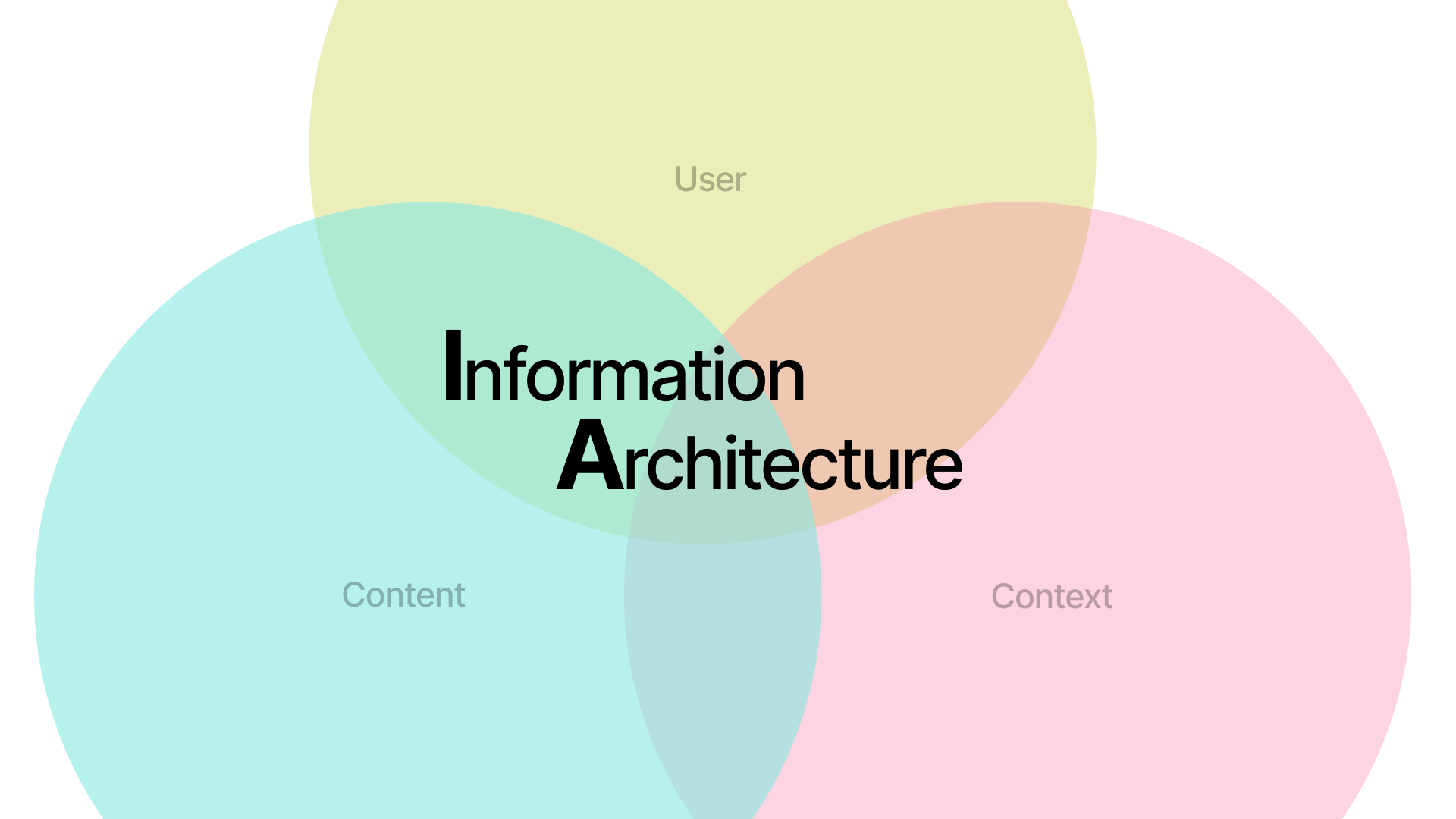D Y Patil International University, Akurdi, Pune
Search results: 1884
- Teacher: Dr. Pallavi Jha
- Teacher: Mr Kumud Das
- Teacher: Dr. Pallavi Jha
- Teacher: Dr Dipti chandra
- Teacher: Ms Vaishali Kumar
- Teacher: Dr. Dipika Pradhan
- Teacher: Dr Dipti chandra
- Teacher: Ms Vaishali Kumar
- Teacher: Dr. Dipika Pradhan
- Teacher: Ms Vaishali Kumar
- Teacher: Dr. Vijay Shah
- Teacher: Dr. Sanjay Kumar
- Teacher: Dr. Sanjay Kumar

Industry 4.0 is the subset of the fourth industrial revolution that concerns industry. The fourth industrial revolution encompasses areas which are not normally classified as an industry, such as smart cities, for instance.
Although the terms "Industry 4.0" and "fourth industrial revolution" are often used interchangeably, "Industry 4.0" factories have machines which are augmented with wireless connectivity and sensors, connected to a system that can visualize the entire production line and make decisions on its own.
In essence, Industry 4.0 is the trend towards
automation and data exchange in manufacturing technologies and processes which include cyber-physical systems
(CPS), the internet of things (IoT), industrial internet of things (IIOT), cloud computing, cognitive computing and
artificial intelligence.
- Teacher: Mr. Ashwin Agarwal
- Teacher: Ms Hetal Thaker
- Teacher: Prachi Chhajed
- Teacher: Dr Sarika Jadhav
- Teacher: Dr Richa Purohit
- Teacher: Ms. Prachi Soniminde
Name of the Course: Information Security
- Course Instructor:
- Name: Dr. Sunanda Mulik
Office Number: 452
Phone: 9112702866
Email: sunanda.mulik@dypiu.ac.in
Office hours:
Location: 4th Floor, Office no 452
- Teaching Assistant:
Name: --
Contact:
Office Hours: Time slots
Location
- Level (who can take this course?):
- Credit: 4-0-0-6
- Evaluation: Theory + Practical
- Breakup of evaluation: % wise
ESE (Theory)- 50 %
Practical-20
Mid Term-15%
Assignments-15%
- Maximum Number of Students: 21
Course Objectives:
Students will be able to understand-
1. To provide the ability to examine and analyze real-life security cases.
2. To provide a thorough introduction to the different concepts of information security practices.
3. To impart knowledge of different mechanisms for encryption, digital signature, MAC, and hash functions.
4. To make students understand how to apply these principles for securing data over the internet.
Course
Prerequisites:
Nil
Course Syllabus:
|
Sr. No |
Content |
Date |
|
1 |
To make students understand how to apply these principles for securing data over the internet. |
|
|
2 |
Aspects of security: Attacks, services and mechanisms, Taxonomy |
|
|
3 |
Generic types of attack Network Security Model |
|
|
4 |
Stream ciphers, Block ciphers. Design considerations for stream ciphers, Cryptanalysis of stream ciphers |
|
|
5 |
Conventional Cryptographic Techniques |
|
|
6 |
Combined encryption and encoding. |
|
|
7 |
Block Ciphers – DES and variant, modes of use of DES |
|
|
8 |
Public key cryptography, characteristics |
|
|
9 |
Applications, and schemes |
|
|
10 |
RSA: Use, working, Key generation, and distribution |
|
|
11 |
Key distribution in asymmetric encryption, Diffie Hellman Key Exchange |
|
|
12 |
set up , examples |
|
|
13 |
Introduction to Message Authentication & e-mail |
|
|
14 |
MAC and its Usage |
|
|
15 |
Hash function- MD-5, SHA-512, working of SHA I, |
|
|
16 |
compression function, HMAC structure |
|
|
17 |
Digital Signatures: Properties requirements, standards, verification process |
|
|
18 |
Public Key distribution: Digital Certificates, Certificate Authority, X.509 Authentication service, |
|
|
19 |
certificate format, certificate renewal, revocation, delta revocation |
|
|
20 |
Email privacy, cryptographic algorithms and secrets, certificates |
|
|
21 |
SMTP |
|
|
22 |
PGP (Pretty Good Privacy), operations, authentication and confidentiality , and services, |
|
|
23 |
compression and segmentation service |
|
|
24 |
MIME : headers , contents, techniques |
|
|
25 |
Introduction to IPSec, Benefits, Types of modes, |
|
|
26 |
AH protocol , ESP protocol, security Association and database. |
|
|
27 |
Web security requirements |
|
|
28 |
Network security approaches |
|
|
29 |
Data Compression Technique |
|
|
30 |
IP Security: Architecture, Authentication Leader, Encapsulating security Payload – Key Management |
|
|
31 |
Web Security: SSL, TLS, SET |
|
|
32 |
SSL-Change-cipher_spec Protocol, Alert Protocol, Handshake Protocol |
|
|
33 |
Phases and handshake procedure of TLS |
|
|
34 |
SET – working, business requirement, duel signature |
|
|
35 |
Firewalls Design principle, techniques, established systems, types, Packet filter router, |
|
|
36 |
attacks and countermeasures, application level firewall, circuit level gateway, |
|
Laboratory
|
Sr. No |
Content |
Date |
|
1 |
Write a script to perform email analysis.
|
|
|
2 |
Generate hash value of a file using script.
|
|
|
3 |
Programmatically illustrate the symmetric substitution encryption technique.
|
|
|
4 |
Write a script to generate RSA key pair. |
|
|
5 |
Network Analysis |
|
- Course Outcome:
On completion of the course the student should be able to:
Define the terms used in information security such as attacks, virus, firewall, encryption, digital signature etc.
Explain different types of encryption techniques.
Apply their knowledge of securing e-mails, sending secured data over network.
List the alternative solutions for data and information security from different active and passive attacks.
- Text Book:
W. Stallings, Network Security Essentials (Applications and Standards), 7th ed., Pearson Education.
- Reference Book:
W. Stallings, Cryptography and network Security, 5rd ed., Pearson Education.
R. Bragg, M. Rhodes, Network Security: The complete reference, 3rd ed., TMH
Buchmann,
Introduction to Cryptography, Springer
- Study Materials:
Uploaded from time to time
- Teacher: Anupurba Das
- Teacher: Dr Sunanda R Mulik
- Teacher: Dr. Rahul Sharma
- Teacher: Mrs. Heena Bhatia
- Teacher: Rashmi Dharwadkar
- Teacher: Dr Richa Purohit

- Teacher: Kshiitiz Anand
- Teacher: Anil Narasipuram

- Teacher: Ms Sri Gayathri Vedula
